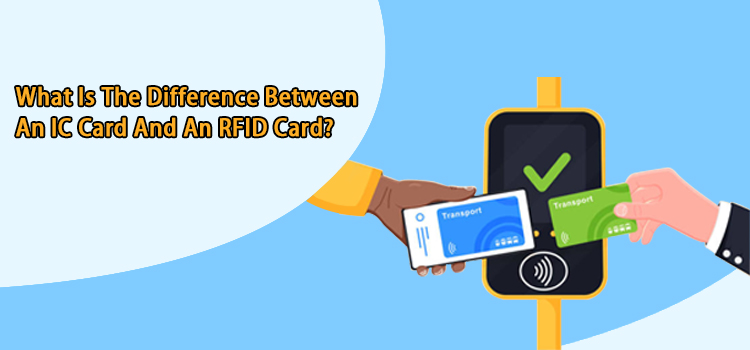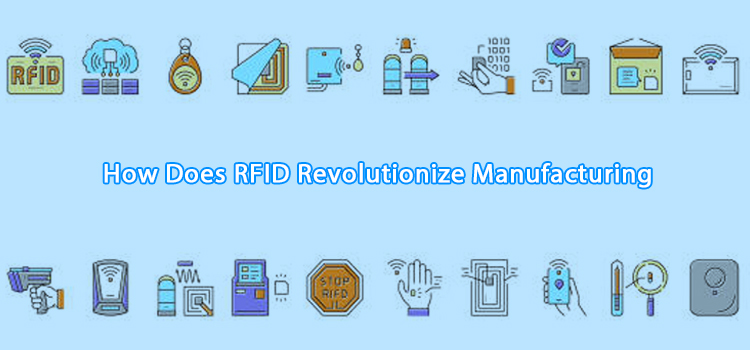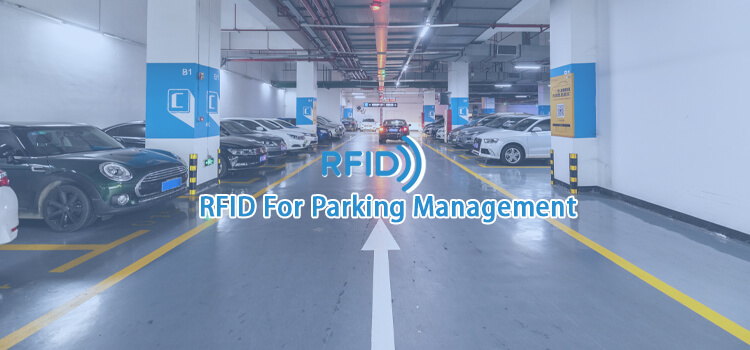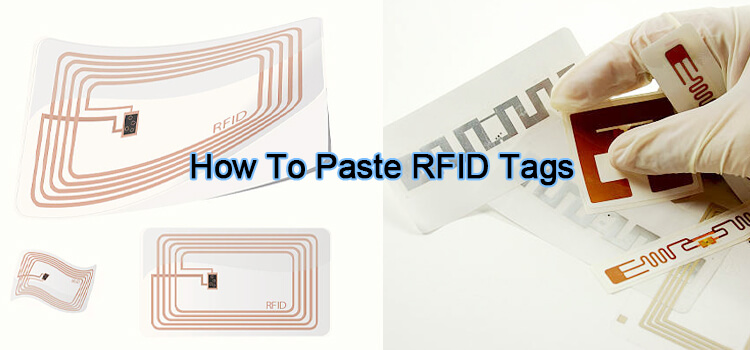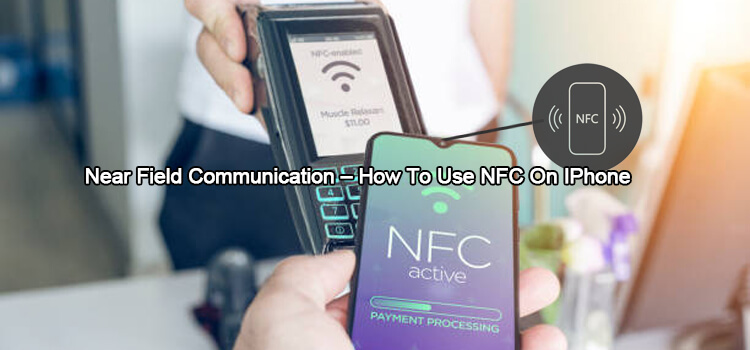Technology has brought numerous changes in almost every sector of our life and business. One of the most significant changes is the emergence of IC cards and RFID cards.
These cards are becoming increasingly popular, with several businesses adopting them. However, many people are still not aware of the differences between these two cards, which can be confusing at times.
So, what is the difference between an IC card and an RFID card? We will take an in-depth look at these cards to understand their key distinctions. Let’s delve in!
What is an IC Card?
An IC card is also called an electronic tag, RF tag, or non-contacting card. IC is an acronym for Integrated Circuit. IC cards comprise an in-built microchip that can store data. The information stored on these cards is in binary format and can be read-only.
IC cards work with an IC number, unique to each card. They are equipped with a built-in password protection system.
Unlike traditional magnetic cards, IC cards (also called chip cards) store data in a microchip. They have better capacity and speed compared to traditional cards.
They are programmed to serve different purposes, depending on the information they store. They can be used as identification cards, payment cards, membership cards, and access control cards.
However, these cards are predominantly used for payment checkout systems, transport systems, and banking systems (credit cards & debit cards). One of the most common examples of these smart cards is EMV cards, widely used for making payments at retail stores and ATMs.
They are made out of different materials such as plastic and PVC. These hardy materials make them long-lasting and resistant to wear and tear.
How Does IC Card Work?
An IC card requires that you insert it into a card reader. This is one of the major differences between IC cards and RFID cards. Their contact nature makes them slower than other contactless cards.
Once you insert the card into the card reader, it will read the information stored on the card’s microchip. You will then be required to enter your PIN/Password to verify your identity for completing the transaction.
After the authentication, the card reader will read the data and validate it with the information stored in its database. It will then complete the transaction/identification process.
Are IC Cards Safe?
IC cards are equipped with many security features that make them safe and secure. They have an in-built encryption system that makes it difficult for hackers to steal data.
Additionally, these cards solve the duplication problem that was predominant with magnetic stripe cards. It is difficult to skim the data stored on an IC card.
Even better, a few manufacturers are adding a contactless element on IC cards, eliminating the need for inserting the card into the card reader. This makes them even more secure than before.
What is an RFID Card?
RFID cards are also called contactless cards or smart cards. They use radio-frequency waves to communicate with a card reader.
An RFID card comprises the following:
- An RFID Chip. This is the most basic element of an RFID card. It has a memory that allows you to store data. If this part is dysfunctional, you will not be able to write/read the card, rendering it useless.
- An RFID Antenna. This part helps in receiving and transmitting radio waves. It is made of a coil of wire that creates a magnetic field when energized by an electromagnetic signal.
- A Protective Material. This material protects the internal components of the card from damage. The most common materials used for this purpose are PVC, ABS, and PET.
How Does RFID Card Work?
RFID cards are contactless. They do not require you to insert them into a card reader. Instead, they use radio waves transmitted through an antenna.
When an RFID card comes close to an RFID reader, it will be activated. The card reader will read the information stored on the RFID card’s chip and send it to its database for authentication. Here are a few steps to help you understand how this technology works:
- The card reader will transmit an electromagnetic field.
- The antenna on the RFID card will receive this signal and use it to power up the chip.
- The chip will then be excited and will send the information stored on it to the card reader.
- The card reader will process this information and authenticate it with its database.
- If the authentication is successful, the card reader will complete the identification process.
RFID cards come in different forms, including active and passive. Active RFID cards have a power source, while passive ones do not. They are more expensive and have a longer read range.
Additionally, the passive cards can be Low-Frequency (LF), High-Frequency (HF), or Ultra-High-Frequency (UHF). UHF cards have the longest range, while LF cards have the shortest.
These cards have diverse applications, including transport, access control, and inventory tracking.
What is the Difference between an IC Card and an RFID Card?
Now that you know what IC cards and RFID cards are, you may be wondering about the difference between the two. Here is a quick comparison to help you understand the key distinctions:
- IC cards are contact cards that require you to insert them into a card reader for authentication. On the other hand, RFID cards are contactless and use radio waves to communicate with a card reader.
- RFID cards can also be active or passive depending on whether they have a power source. IC cards, on the other hand, are always powered by the card reader.
- IC cards use an in-built encryption system to protect stored data from hackers and identity thieves. RFID cards, on the other hand, do not have this encryption system.
- IC cards are usually used with debit & credit cards while RFID cards are primarily used for identification.
IC Card vs. RFID Card: Which is better?
Overall, an RFID card is more versatile and convenient than an IC card. It does not require you to insert it into a card reader, and you can use it for numerous purposes.
However, IC cards have a sophisticated encryption system that makes them more secure. This makes them a favorite for banking & financial applications.
It would be best if you chose the card based on your needs and requirements. If you need a secure card for banking, go for an IC card. But if you need a versatile card for other purposes, RFID is the way to go.

